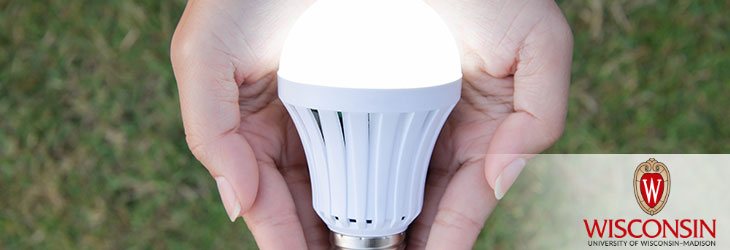Clean Technology

Nanoporous Insulating Oxide Deionization Device for Softening and Treating Water
WARF: P07104US
Inventors: Marc Anderson, Kevin Leonard
The Wisconsin Alumni Research Foundation (WARF) is seeking commercial partners interested in developing an improved deionization device capable of softening and treating water.
Overview
Capacitive deionization devices use high surface area carbon electrodes to remove ions from water. However, these systems perform poorly at removing Ca2+ and other multivalent cations, which are atoms or molecules that have lost a number of electrons and thus have a positive charge, from hard water. Alternatively, salt-based water deionizers (water softeners) result in a brine byproduct that is unusable in arid zones wherein water reclamation is practiced.
The Invention
UW-Madison researchers have developed an improved deionization device capable of desalinating salt water, deionizing (softening) water and treating bacteria-contaminated water. This apparatus uses electrodes containing nanoporous insulating metal oxides rather than conventional carbon electrodes. The nanoporous insulating metal oxides provide superior capacitance, energy and power (see WARF reference number P06293US). The device contains two composite electrodes consisting of a conductive backing layer and a composite insulating oxide layer with an intermediate porous layer. These electrodes have the ability to remove hardening ions, salts and bacteria from residential and industrial water supplies more thoroughly than traditional methods.
Applications
- Desalinating salt water
- Deionizing water
- Treating contaminated water
Key Benefits
- Removes alkaline and alkaline earth cations (Ca2+, Na+, etc.), organic cations and organic anions from water
- Porous member separator prevents shorting of the electrodes.
- Manufacturing process is relatively inexpensive.
- Provides an environmentally friendly alternative to traditional water softeners
Additional Information
Related Technologies
Tech Fields
For current licensing status, please contact Mark Staudt at [javascript protected email address] or 608-960-9845